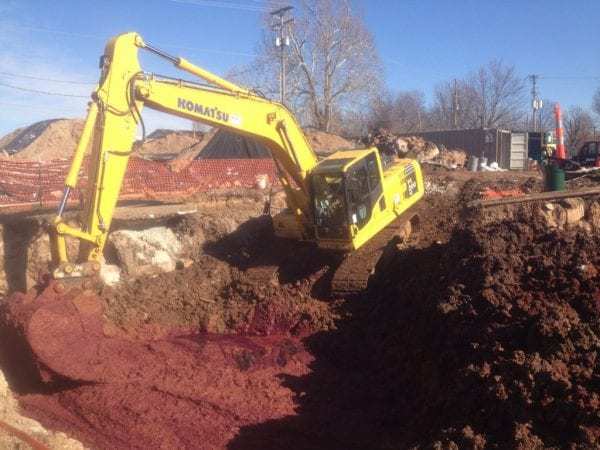Remediation refers to the process of reversing or stopping environmental damage. When a site characterization reveals that unacceptable risks from a contaminant are present at a site, this process may be warranted. During environmental remediation, pollution and contaminants are removed from a site’s soil, groundwater, sediment, or surface water to ensure that they don’t negatively impact human health or the environment. To make sure that you complete this process correctly, complying with all applicable regulatory requirements, it is important that you work with a consultant who is an expert in environmental remediation services.

Environmental Remediation Services
CONSULTANTS Once it has been determined by the applicable state or federal agency that environmental remediation will be required at your property, you will need to find a consultant. Your consultant will conduct an evaluation and provide an analysis of possible remedial technologies to determine the most efficient and cost-effective options for your site. Ideally, they will be able to organize and execute the entire remediation plan from start to finish: evaluating the site, creating a strategic plan of action, implementing the plan, and maintaining the site after the remediation process concludes.

REMEDIATION TECHNOLOGIES Your consultant should also use modern, innovative technology for assistance during the remediation process. Not only will this help you save money and speed up the project, but it will also allow you to create an efficient strategy without so much unreliable guesswork.

CLEAN-UP STRATEGIES When determining how to clean up your site’s contamination, your consultant will take many different factors into consideration. These include the type of contaminant, extent of the impact, mediums that have been impacted (soil, groundwater, etc.), geological conditions, effectiveness of potential strategies, regulatory guidelines, and costs. Possible cleanup strategies include:
- Excavation (removing contaminated soil or materials from a site)
- In-Situ Injections (injecting chemical oxidants into groundwater or soil to eliminate contaminants)
- Bioremediation (using microorganisms and/or specific types of plants to remove or neutralize pollutants)
- Chemical Blending (blending chemicals into the contaminated area to neutralize contaminants)
- Product Recovery (removing liquid and/or vapor-phase contaminant from the medium holding it)
- Pump-and-Treat System (pumping contaminated groundwater out of the ground, treating it to remove contaminants, and then re-inserting it)
- Soil Vapor Extraction (injecting air/steam into the ground and extracting and treating the vapors to purify the soil and groundwater)
- Soil Encapsulation (permanently covering or capping contaminated soil to prevent direct contact and leaching of contaminants by rainwater infiltration)
FOLLOW-UP After the remediation concludes, your consultant can provide a follow-up characterization to ensure that the concentrations of contaminants have decreased and all risks have been abated. In addition, they may offer long-term monitoring to evaluate the effectiveness of the technology.
_____
Remediation projects can range from massive, expensive projects to small efforts that can be completed in just a day. If your site needs to be remediated, contact Environmental Works. We have been providing environmental remediation services to private companies and governments since 1992, using our scientific, engineering, economic, and management skills to coordinate and implement all of the different phases of remediation. With our industry-proven technology, years of experience, and excellent reputation, you can trust us to do the job right. To learn more about our services, please give us a call at 417-890-9500. We would be happy to help!



